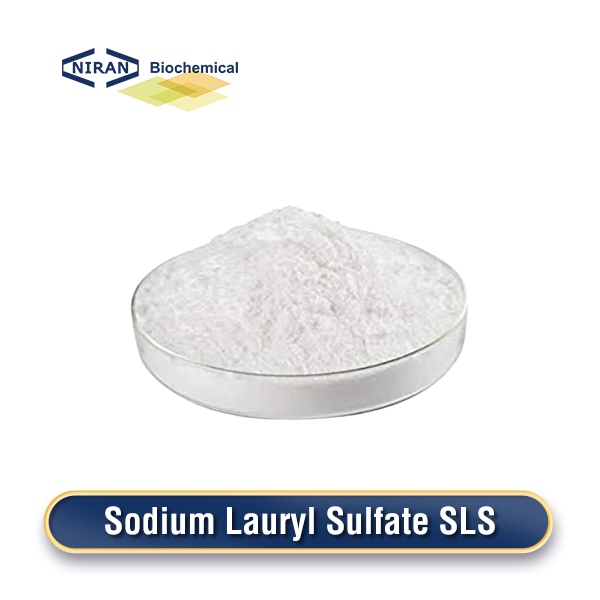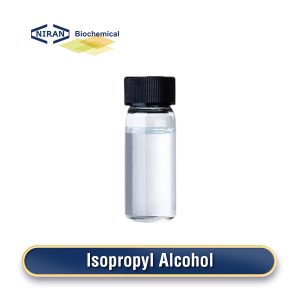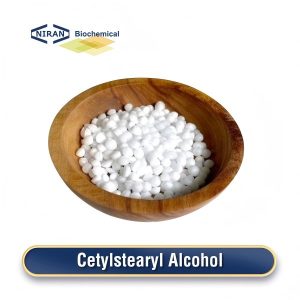Sodium Lauryl Sulfate, SLS, K12
- CAS Number: 151-21-3
- Chemical Formula: C12H25NaO4S
- MOQ: 1000KG
- Shelf Life: 2 years
- Synonyms: Lauryl sulfate sodium salt, Dodecyl sodium sulfate, Sulfuric acid, monododecyl ester, sodium salt
Product Description
What Is Sodium Lauryl Sulfate?
Sodium Lauryl Sulfate (SLS), also known as K12, is a widely used anionic surfactant and cleansing agent found in personal care products like shampoos, body washes, and toothpastes. Originating from natural fats like coconut or palm kernel oil, it is renowned for its superior foaming, emulsifying, and cleansing capabilities.
Preparation Method
Sulfation: Lauryl alcohol is reacted with sulfur trioxide or chlorosulfonic acid to produce dodecyl hydrogen sulfate.
Neutralization: The sulfate compound is neutralized with sodium hydroxide, forming Sodium Lauryl Sulfate.
Purification: The product is filtered, concentrated, and optionally blended with other surfactants for desired properties.
This process results in a high-quality SLS for use in various cosmetic and cleaning applications.
Related Parameters:
| Item | Index | |||||
| Powder | Needle | Liquid | ||||
| Superior grade product | Qualified product | Superior grade product | Qualified product | Superior grade product | Qualified product | |
| Active matter,% | ≥94 | ≥90 | ≥92 | ≥88 | 30±1 | ≥28 |
| Sodium sulfate,% ≤ | 2 | 5.5 | 2 | 5.5 | 1 | 1 |
| Petroleumether-soluble substance,% ≤ | 1 | 1.5 | 1 | 1.5 | 1.5 | 1.5 |
| pH value(25℃,1% a.m.) | ≥7.5 | ≥7.5 | ≥7.5 | ≥7.5 | ≥7.5 | ≥7.5 |
| Color,Hazen ≤ | 10 | 30 | 10 | 30 | 10 | 30 |
| Water,% ≤ | 3 | 3 | 5 | 5 | — | |
Recommended Dosage of Sodium Lauryl Sulfate:
| Applications | Dosage |
| Shampoos | 10%-15% |
| Body Washes & Shower Gels | 6%-12% |
| Toothpastes | 1%-3% |
| Facial Cleansers | 2%-3% |
| Household Cleaners | 5%-10% |
| Industrial Cleaners | 5%-12% |
Sodium Lauryl Sulfate Has Wide Range of Uses:
1. Personal Care Products
Shampoos: Due to its superior foaming and cleansing qualities, SLS is frequently found in shampoos. It effectively removes oils, dirt, and buildup from hair and scalp, making it a popular choice for both regular and deep cleansing shampoos.
Body Washes & Shower Gels: SLS is used in body cleansers for its ability to produce rich lather, which helps in the effective removal of body oils and dirt, leaving skin feeling clean and refreshed.
Toothpastes: It is used in toothpaste formulations primarily for its foaming action, helping to distribute the product evenly and aid in the removal of food particles and plaque.
Facial Cleansers: SLS is often included in facial cleansers due to its mild to moderate cleansing ability, although it can be drying for sensitive skin. Small amounts of it are frequently used in facial cosmetics.
2. Household Cleaning Supplies
Household Cleaners: SLS is found in many household cleaning products like surface cleaners, dishwashing liquids, and laundry detergents. It aids in the removal of grease, oils, and dirt, enhancing the cleaning performance while producing foam.
Dishwashing Liquids: As a foaming agent, SLS helps create bubbles that lift away grease and food residue from dishes and utensils.
3. Industrial Applications
Industrial Cleaners: SLS is also used in industrial cleaners due to its strong cleaning power, helping to remove heavy oils, greases, and contaminants from machinery and equipment in manufacturing environments.
Car Wash Products: SLS can be found in car cleaning products such as car shampoos and degreasers. Its ability to create foam helps in the effective removal of dirt and grease from vehicle surfaces.
4. Cosmetics & Other Products
Bubble Baths: SLS contributes to the foaming action in bubble bath products, creating a luxurious lather while cleansing the skin.
Shaving Creams: In shaving products, SLS helps create a thick foam, which lubricates the skin and hair for a smoother shave.
User Asked Question:
Q: What distinguishes sodium lauryl sulfate (SLS) from sodium lauryl sulfate (SLESs)?
A: Both Sodium Lauryl Sulfate (SLS) and Sodium Laureth Sulfate (SLES) are anionic surfactants used in personal care and cleaning products for their foaming and cleansing properties. Their chemical structure is the primary distinction:
SLS is a stronger surfactant and more effective at cleaning, but it is harsher on the skin and can cause irritation or dryness, especially for sensitive skin types.
Conversely, SLES is a less severe form of SLS. It is ethoxylated (treated with ethylene oxide), which reduces its irritancy and makes it gentler on the skin, though it still provides good foaming and cleansing action.
In summary, SLES is typically used in products for sensitive skin, while SLS is used when a stronger cleaning action is required.




